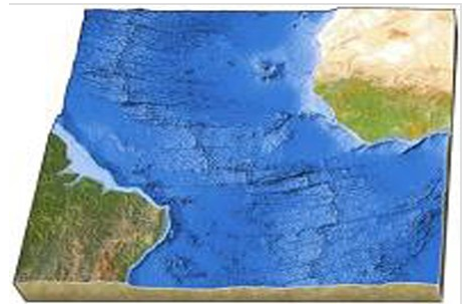How do scientists study currents?
Numerous methods exist to study currents. Surface currents can be traced with drift bottles or drift cards, which are useful in determining coastal circulation. However, these tools provide no information on the path the drift bottle or card may have taken between its release and collection points. Researchers who want to know the precise track taken by a drifting object can deploy more elaborate devices, such as buoy arrangements, which can be tracked continuously by radio direction finders or radar. A newer class of autonomous research tools has also been developed. The Slocum is a glider that flies up and down through the water column powered by gravity and buoyancy. Fleets of these gliders map the ocean's thermohaline depth profiles, chlorophyll content, and other parameters for years and, on their occasional visits to the surface, transmit data to satellites. Another tool is the Argo system of floats, which move vertically in the water column. The floats return to the surface once every 10 days, measuring temperature and conductivity as they move. Data are uploaded to satellites and used to calculate salinity.
You might also like to view...
On this map of the south Atlantic, what is the feature that makes a zigzag pattern on the seafloor?

A) Island arc
B) Linear island chain
C) Subduction zone
D) Midocean ridge
E) None of these are correct.
The cell value of 'no data' is treated as zero in raster data operations.
Answer the following statement true (T) or false (F)
A supercluster is a
A) cluster of galactic clusters. B) very large local cluster. C) local cluster with at least 10,000 supergiant stars. D) local cluster with at least 500 supermassive black holes.
According to the Von Thünen model, later modified by geographers, a commercial farmer initially considers which crops to cultivate and which animals to raise based on market location
Indicate whether the statement is true or false.